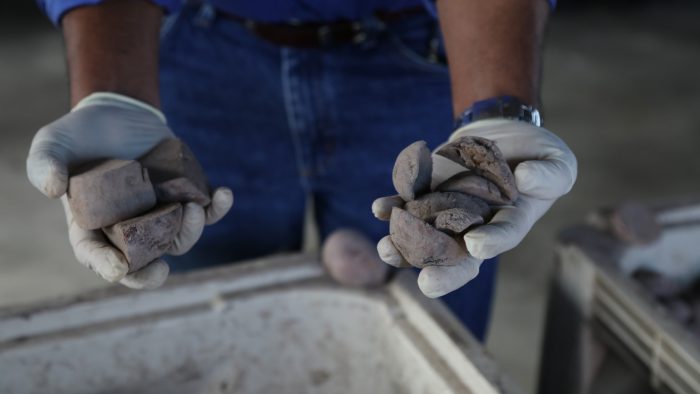Establishing a strong potato plants early in the season is one of the simplest ways to maximize your chances of a healthier overall crop. Good crop establishment leads to vigorous plants that are better equipped to withstand environmental threats and disease and insect pressures. Good establishment also provides you with the greatest potential to increase yields and return on your investment. According to Kiran Shetty, technical development lead for Syngenta, these three steps will go a long way towards fostering good potato crop establishment:
1. Select physiologically young seed.
The physiological age of seed is affected by the stress it underwent in growth and storage, including temperature and humidity levels. Physiologically young seed will emerge more slowly, and they are likely to produce fewer but larger tubers than their older counterparts. Physiologically young seed gives growers a better chance to cultivate strong, vigorous seedlings that can withstand environmental pressures. To determine the physiological age of seed, growers should ask seed suppliers about storage conditions, and always select the physiologically younger seed.
2. Use precision when cutting seed.
According to Shetty, 90% of potato seed in the U.S. and Canada is cut before planting. If not done correctly, this process can create opportunity for disease to infect the seed. It’s important to use sharp, disinfected knives when cutting seed in order to achieve clean-cut surfaces on the tuber. When seed is cut improperly, the jagged edges on the tuber can harbor diseases that will lead to problems in germination and crop establishment. Properly cut seed reduces the opportunity for disease infection in the early stages.

The smooth seeds on the left are properly cut, whereas the jagged-edged seeds on the right provide many cracks and crevices for pathogens enter seed.
3. Implement a proper early-disease management plan.
From the time of planting until emergence, several diseases threaten potato crops, including Rhizoctonia, pink rot, early blight, late blight and black dot. Implementing a proper early-disease management program is a crucial step for protecting crops when they’re most vulnerable. To cultivate good potato crop establishment, growers should select appropriate fungicides and application timings based on the environmental threats where they live.